Hi guys, I've just started to understand how Steemit works, but I think it's the right place to share experiences and where they can become something useful for others. I have seen that each of you tells of his singularity, his identity, his knowledge, in a fantastic panorama of diversity. For this reason I decided, with this my first post, to introduce the concept of "diversity", through the synthesis of research that gave the result of a thesis in psychology.
My own extraction is so variegated as to be a hymn to diversity, having spent 37 springs between associations, work, travel, university, meditation, cryptocurrency, many mistakes, some successes, including the biggest, to become a father in July of this new and incredible 2018.
I therefore hope to introduce this very topical and international theme to the best and in a lean and pleasant way.
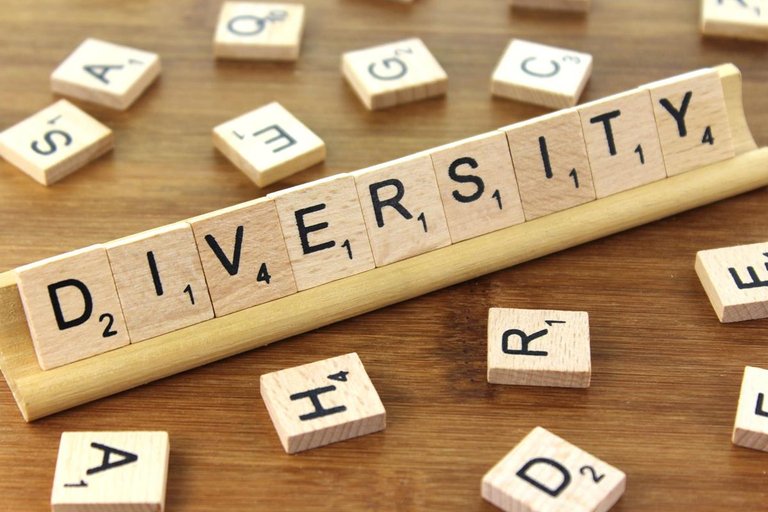
I work for a Finnish corporation that designs and manufactures land and marine engines and my interest in this theme was born after observing for years this company, where diversity, in addition to being a wealth, for three years now, has become also and above all a value to be promoted.
My work takes place with people who come from all the continents and it is really important to leave them with a good impression. I like to meet colleagues with different cultures and I find it an added value to hear first hand reviews from those in that country and it is also a good way to keep the knowledge of languages alive and learn the practical applications of what is the our process and business from their point of view.
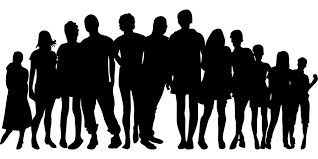
In addition to introducing the characteristics and causes of the differences that can be identified today in the company, I briefly describe how the tool of Diversity Management has evolved.
Thanks to the internationalization process, companies export their business activities outside the national borders; thus they assume an increasingly international connotation, characterized by an approach of different cultures; companies must cope with this new situation that characterizes the world economy and must be able to interact with people who have a different cultural background.
Precisely for this reason, today more than in past years we are talking about diversity, in reality where companies have to deal with this issue in a more coordinated and timely manner, applying efficient DM practices. A further contribution to the increase in diversity in working contexts has been the increase in the recruitment of women to jobs and the migration of different ethnic groups from the less developed countries.
Diversity Management or Diversity Management, is a term that means all the policies, practices and any other action that a company can undertake, aimed at managing the diversity of individuals and social groups in working places, with the aim to improve the organization as a whole, from the quality of the environment, to the performance of the individual.

The expectation of the DM is to stimulate the experience of confrontation and respect for differences, grasping the meaning that diversity regards different aspects of the subject's sphere of subjectivity, namely the biological, psychological, ethnic, linguistic and cultural.
The objectives of the DM are mainly to reduce discrimination, limiting the effects of social stigmas, stereotypes and prejudices, and to expand the possibilities for expression and professional development of each individual and / or social group.
I examined the models of analysis that make the types of diversity visible or invisible according to the study by Kanda and Fullerton, or based on the degree of stability of the 4 elements according to the model of Gardenswartz and Rowe. My attention has therefore turned to the different types of diversity, recognizing the following:
• Gender
• Age
• Cultural
• Ethnic
• Disability
• Sexual orientation
• Religious and politics
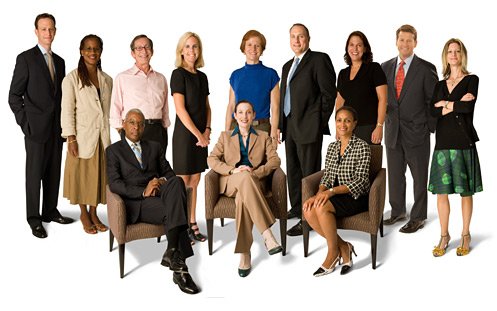
My desire was not only to carry out theoretical research on diversity, but also to provide practical tools to be used by companies and every other person, starting from the recognition of the regulatory, ethical and beneficial obligation.
The inclusion of diversity can become part of the working culture and of a society, thanks to listening, recognition and appreciation of differences, spreading an attitude of openness, promoting growth paths through actions that promote integration and break down prejudices and convictions that impoverish human capital.
Among the tools that allow you to enter into agreement with the other person, demonstrating their trust and seriousness, before laying the foundations for a lasting relationship, there is what can be defined as "dialogue without prejudices", asking open questions and exposing the just opinion without wanting to convince, thus reducing the defenses to face more personal issues, while always respecting the opinion of others.
I believe in the need to make Top Management aware that, among all the subjective and objective elements that characterize every culture, language is the means by which we express our world and is a tool that we use to build models to analyze it.
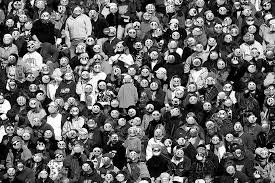
For this reason we must consider that when we relate to others, we use a communication based on sympathy, thinking that the other is like us and believing that we feel what the other feels like if we were in the same situation. Hence the need to consider the experience of others from the perspective of the other person, developing empathy. This is because we think that our behaviors are linked to motivations of contensto, while those who observe us from outside believe that they are the result of qualities that belong to us, as Fritz Heider describes in his theory of attribution.
The method to generate a dynamic model of observation and consideration of diversity is obtained by examining and using the plurality of male and female cultural models, in order to make everyone participate in work processes through organizational behaviors inspired by principles of fairness, universality and partnership.
A further reflection must be made on the different generations that today live together in the workplace and in society. I analyzed the five generational groups:
• veterans or traditionals, born between 1925 and 1945
• boomers or baby boomers, born between 1946 and 1964
• Generation X, born between 1965 and 1984
• Generation Y or Millenials, born between 1985 and 1994, also called Digital or Net Generation
• Z or iGen generation, born from 1995 to 2010, also called Centennials or Plurals
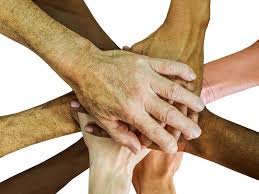
I focused on what differentiates them, comparing their different expectations, motivations and attitudes. From this investigation emerged the need to develop dialogue and a confrontation based on the real knowledge of the other and not on prejudices.
Common places and discriminating beliefs are forms of individual and social protection that, if properly addressed and converted into opportunities, can make the best expression of the abilities of each individual, thus bringing greater contribution to the organization.
The importance of keeping a high level of attention on this issue is also due to the fact that for less than ten years now and in increasing numbers, in the Italian working reality, in a constant and structured way, Diversity is promoting dialogue on diversity at all company levels.
In my opinion, I believe that culture has the greatest influence on the performance of an organization and that this can be considered a real company asset. The inclusion of diversity has a positive impact on the success of a company and on the quality of life of the people who work there and maintain relationships there.
Because it is undeniable that we are different, but I am convinced that, if we listen to each other, living and working together will become easier and easier.
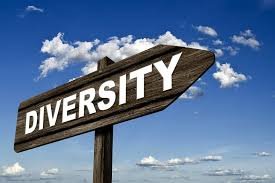
I believe in divulging everything that can become useful for others to grow. To me the planning of this work was a good opportunity for my training in the company, allowing me to understand how much experience of research and design of this type can positively affect the growth of each employee; I hope therefore it can be useful to you too.
Thank you for reading this post and I hope to continue the topic soon, if you will like it. Doubts, questions and perplexities are welcome and I hope to have interested you and not weighed down too much.
See you soon.
Daniele
[all images used in the post are not copyrighted]